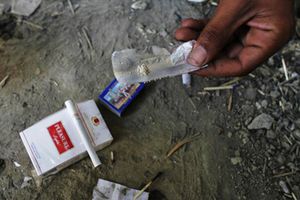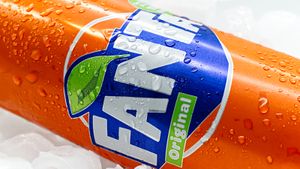A Culture of Crack Addicts?
In the mid-1980s, crack use exploded in the United States, primarily because of its quick high and relatively low cost: Crack cocaine costs significantly less than its powdered counterpart.
The low cost of crack helps explain its rampant spread through poor, urban areas. Crack has touched almost 4 percent of the American population. Nearly 8 million Americans ages 12 and older say they have taken crack at some point in their lives. Crack is not just a problem among adults. A 2014-17 Monitoring the Future Study by the University of Michigan found that nearly 2 percent of high school seniors and 0.8 percent of junior high school students said they had tried crack at least once [source: National Institute on Drug Abuse].
Advertisement
Since the early 2000s, crack has resulted in hundreds of thousands of emergency room visits. Each year, on average, about 90,000 Americans wind up in the ER due to crack-related health emergencies [source: SAMHSA].
America is not the only country dealing with crack addiction. Cocaine use has been on the rise in Europe over the last several years, although the biggest problem in most countries (with the exception of the United Kingdom and the Netherlands) is the powder form of the drug. Officials note that in recent years, cocaine seizures reflect growing purity in the drug, leaving authorities concerned about addition issues in their populations [source: Cocaine Route Programme].
Crack is associated with more prostitution, violent crimes and gang-related crimes than any other drug. Researchers suspect that's because the drug's intense high wears off so quickly, leaving users scrambling to find fast means for getting their next fix [source: White and Gorman].
Addiction and its related problems, like health degradation, crime, and poverty, all create a difficult issue for government policy makers. But around the world, leaders use various tactics to address these challenges.











